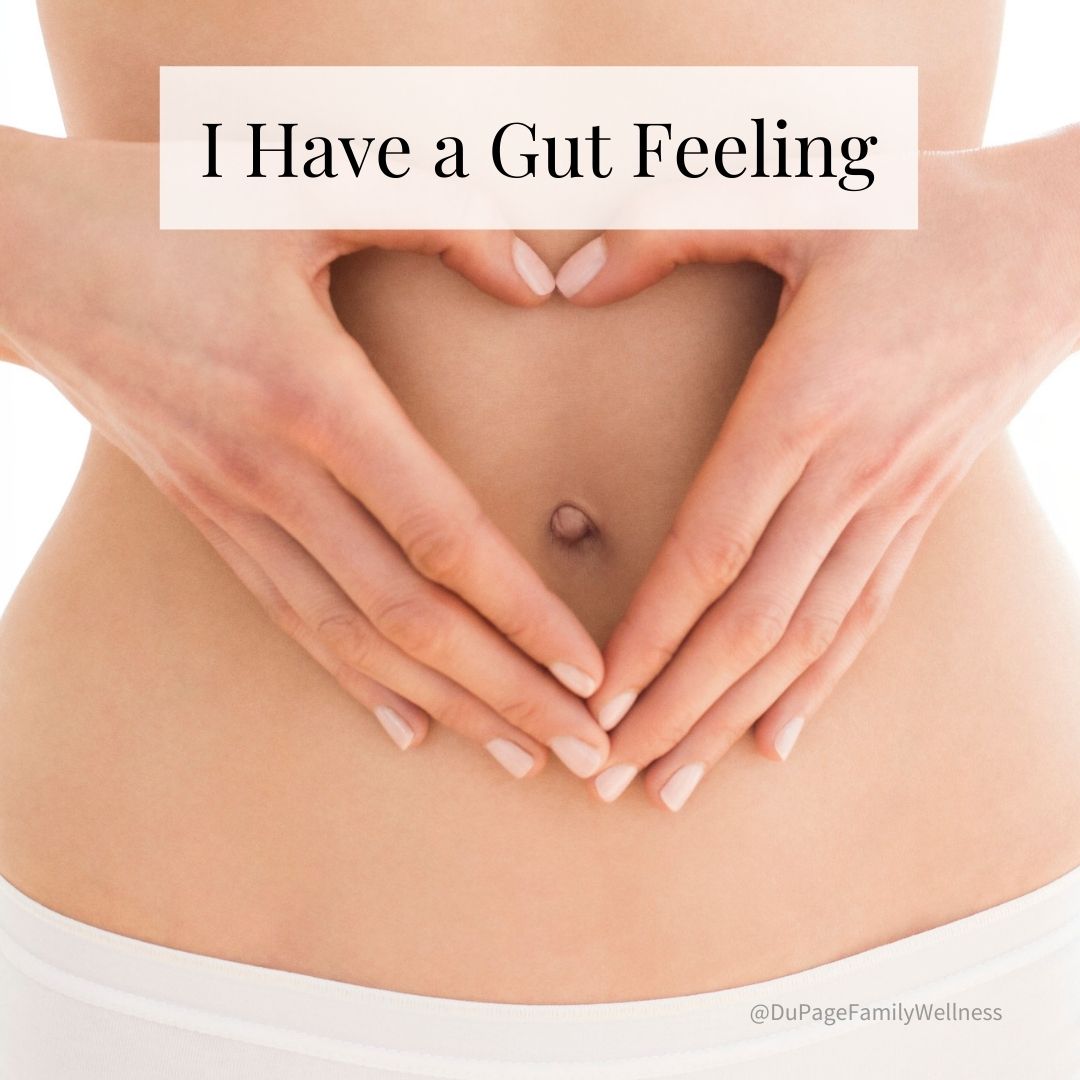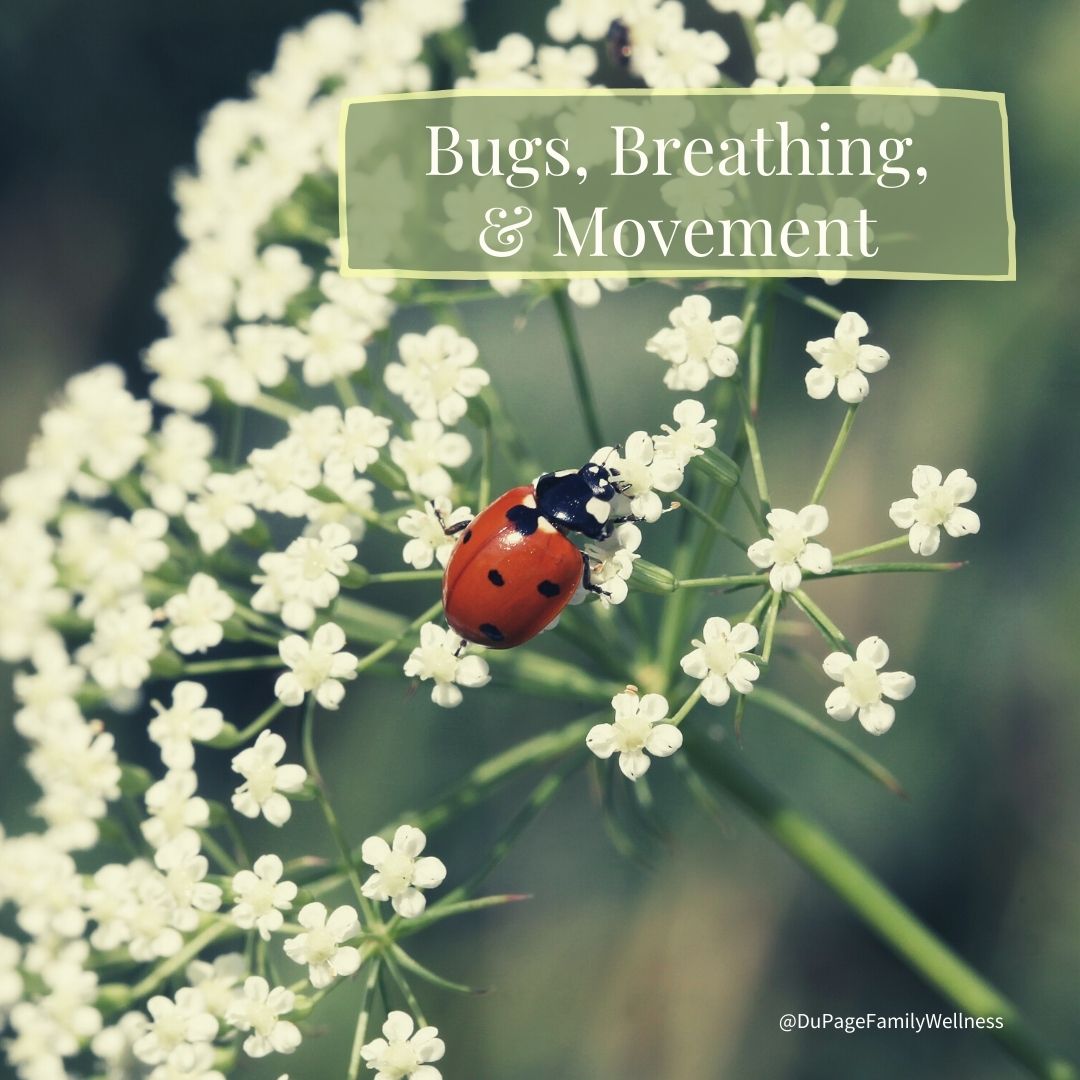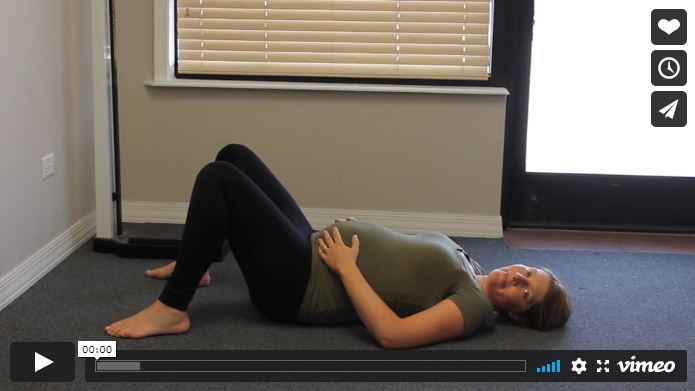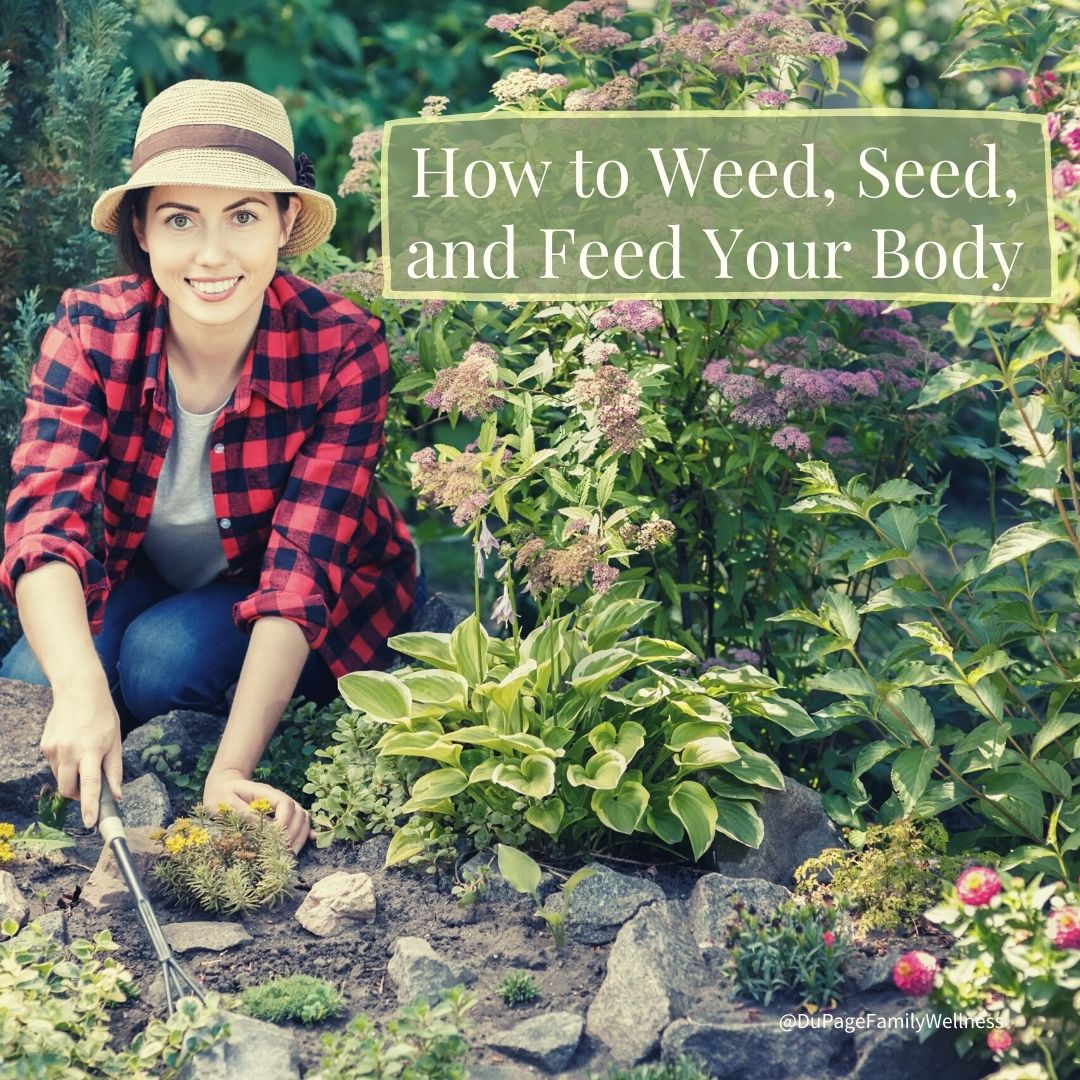 The way you eat makes a huge impact on how you feel. But with so many diet trends available, it can be really hard to decipher what is truly healthy!
The way you eat makes a huge impact on how you feel. But with so many diet trends available, it can be really hard to decipher what is truly healthy!
Should you limit your carbs focusing on fats and protein? Or does fat cause you to gain fat, so you should focus on eating low fat foods?
Let's explore what a healthy way of eating looks like and take away the confusion!
Our Ancestors
If you’ve been around me awhile, you know how much I refer to our ancestors to decide what a natural way of living looks like. Let’s think about their diets as a guide for ours.
Long ago our ancestors lived off the land. The foods they ate were whole foods - grown or caught in the wild. Everything was natural with no sprays or pesticides.
At the same time, food could be scarce and difficult to get. They had to work the land - growing, harvesting, or hunting each serving of food.
Our Food Supply Today
In contrast the Standard American Diet (SAD) is highly processed and composed of foods made in a factory. Some of the ingredients are even genetically modified. This type of diet is far from natural.
Read more ...
 There are many things people know they must do if they want to be healthy: eat well, get adequate movement, refrain from smoking, and limit alcohol. But now we can add “enjoying social connections” to our list of healthy habits!
There are many things people know they must do if they want to be healthy: eat well, get adequate movement, refrain from smoking, and limit alcohol. But now we can add “enjoying social connections” to our list of healthy habits!
Research is showing that social connections have a major impact on both our mental and physical health. It is not hard to believe that those who feel more connected with others tend to struggle less with anxiety and depression. They also have higher self esteem, greater levels of empathy, trust others more, and tend to be more cooperative.
While the impact of social connections on emotional wellbeing may be expected, the extensive impact on physical health may come as a surprise to many.
Let’s take a look at this dynamic so that you can lean into the benefits of social connections.
Social Connections Impact of Physical Health
According to Dr. Emma Seppala, the American Association for the Advancement of Science published a study that found that “a lack of social connection is a greater detriment to health than obesity, smoking and high blood pressure.”
A lack of social connections has been linked to obesity levels, inflammation, and hypertension. It may be shocking, but strong social connections actually improve your immune system and lead to a 50% increased chance of longevity.
More research is needed to discover why social connections have such a dramatic impact on health, but the research is clear that social connections are extremely important if you want to live a long and healthy life.
Read more ...
 We all know that what we eat can affect how we feel physically, but did you know that it also plays an important role in how we feel emotionally?
We all know that what we eat can affect how we feel physically, but did you know that it also plays an important role in how we feel emotionally?
Most people don’t realize how intricately the gut and brain are connected. But the processes in the gut directly impact the brain’s function and may have an impact on your emotional health.
Dr. David Perlmutter, brain specialist and a well known author, states that “we no longer can segregate the brain on one hand and the gut on the other hand” calling the gut brain connection a “profoundly intimate relationship.”
Let’s take a look at this connection and see if healing the gut could improve your mood.
The Gut-Brain Axis
The brain and gut are connected, physically and biochemically, through a communication network called the gut-brain axis.
The Vagus nerve is one of the biggest physical connections between the brain and gut. It communicates both from the brain to the gut - and from the gut to the brain. Neurotransmitters also connect the brain and gut in a biochemical way.
The connection between the gut and emotions has been overlooked in many ways, but is backed by a growing body of research.
Read more ...
 What if I told you that the foundation to being fit and strong was so easy a baby could do it? It would be hard to believe, but it's true. And babies everywhere are doing it!
What if I told you that the foundation to being fit and strong was so easy a baby could do it? It would be hard to believe, but it's true. And babies everywhere are doing it!
Since we do not have to teach babies how to move - lift their head, rollover, or crawl - we typically don’t think about all that goes into their development.
If we look closely, however, there is much that we can learn from the amazing process these little ones go through as they develop their ability to move.
Functional Movement
Research has found that the way a baby moves is the most efficient way to move. When we deviate from this type of movement we will not function at our best.
Functional Progression exercises are modeled after babies and how they move, organize movement patterns, and learn to stabilize. They allow us to reestablish movement patterns so that they become natural again.
Where to Begin - Diaphragmatic Breathing
Breathing properly is a foundational piece of movement. Unfortunately most adults do not breathe in a natural way. In fact, a pilot study of 96 people in 2003 that assessed breathing mechanics found that only 25% of people breathe properly.
Using the wrong muscles to breathe can lead to a host of problems such as recurrent chronic fatigue, anxiety, panic attacks, as well as many musculoskeletal symptoms.
If you are trying to make changes in the way that you breathe, it will take some time. But you can make real changes if you try to focus on your breathing technique at least once an hour. This video will show you what you should be doing to breathe properly.

Remember, this is the foundation for all the other functional movement exercises, so don’t skip this important step.
The Dead Bug
While you are learning to breathe properly again, you can also begin to engage your core in a specialized way.
Take a moment to think about a baby laying on it’s back. Where are his legs? Where are her hands? They are in the air moving about.
This next functional movement exercise, called the “dead bug,” mimics that type of movement.

I am passionate about leading you to greater health! If you are interested in learning more about Functional Progression or would like to work with me to learn these movements give us a call 630-448-0255.
Dr. Jamie
 Are you gardening this year? Do you love seeing your plants grow healthy and strong? If you are a gardener, you know there are certain things plants need to thrive. Some of the first steps are weeding, seeding, and feeding.
Are you gardening this year? Do you love seeing your plants grow healthy and strong? If you are a gardener, you know there are certain things plants need to thrive. Some of the first steps are weeding, seeding, and feeding.
It is necessary to get the undesirable plants out of the way by weeding so that the seeds you want to grow don’t get choked out. Then the desirable seed can be planted. Once planted, these desirable plants need to be fed so they can grow.
The principles of gardening can actually apply to the complex habitat within our gut. To have good gut health, we must get the weeds (bad bacteria) in check. To do this we need the good seeds (healthy bacteria) to take root. And finally, we need to feed this good bacteria (prebiotics).
Let’s look at how we can use these principles to cultivate a healthy gut, and learn why it is so important for our overall health.
Why Gut Health Matters
Have you ever considered how your gut health impacts your overall health? Well, since seventy percent of your immune system resides in the gut, it is imperative that it is healthy. There is also a strong connection between our gut and our skin, our gut and our brain, and our gut and our hormones.
Read more ...
 The way you eat makes a huge impact on how you feel. But with so many diet trends available, it can be really hard to decipher what is truly healthy!
The way you eat makes a huge impact on how you feel. But with so many diet trends available, it can be really hard to decipher what is truly healthy!

 There are many things people know they must do if they want to be healthy: eat well, get adequate movement, refrain from smoking, and limit alcohol. But now we can add “enjoying social connections” to our list of healthy habits!
There are many things people know they must do if they want to be healthy: eat well, get adequate movement, refrain from smoking, and limit alcohol. But now we can add “enjoying social connections” to our list of healthy habits! We all know that what we eat can affect how we feel physically, but did you know that it also plays an important role in how we feel emotionally?
We all know that what we eat can affect how we feel physically, but did you know that it also plays an important role in how we feel emotionally? What if I told you that the foundation to being fit and strong was so easy a baby could do it? It would be hard to believe, but it's true. And babies everywhere are doing it!
What if I told you that the foundation to being fit and strong was so easy a baby could do it? It would be hard to believe, but it's true. And babies everywhere are doing it! 

 Are you gardening this year? Do you love seeing your plants grow healthy and strong? If you are a gardener, you know there are certain things plants need to thrive. Some of the first steps are weeding, seeding, and feeding.
Are you gardening this year? Do you love seeing your plants grow healthy and strong? If you are a gardener, you know there are certain things plants need to thrive. Some of the first steps are weeding, seeding, and feeding. 